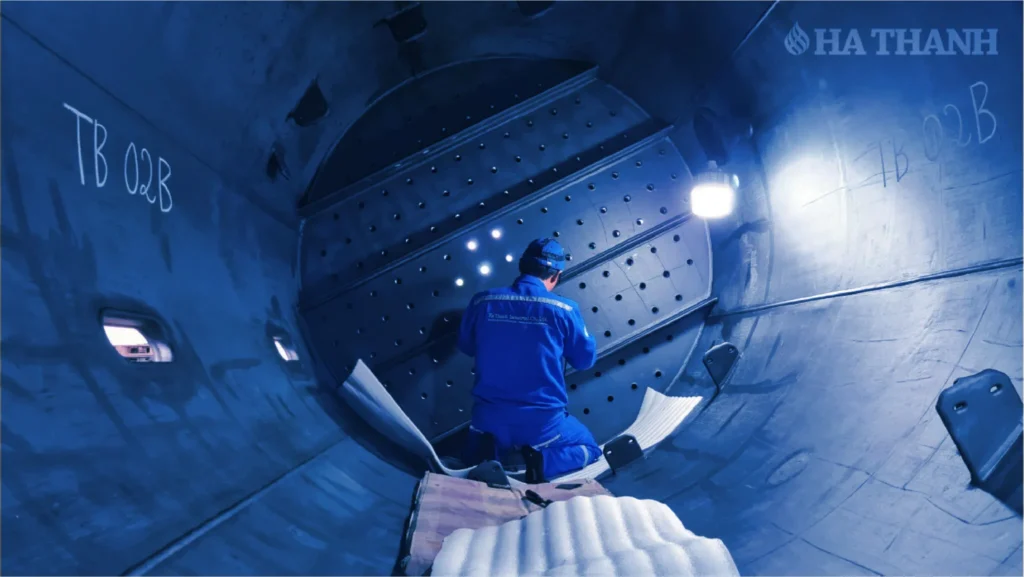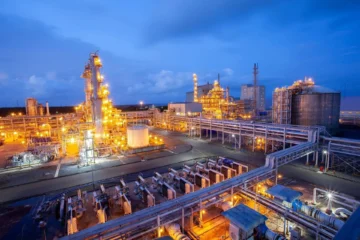About rubber lining
Rubber lining is a method used to protect a variety of equipment systems against corrosion and scratches by applying rubber sheets inside or outside of the reuquested device.
Lining by natural rubber was applied to protect the surfaces’s equipment by America and European countries since the 1920s of the 20th century.
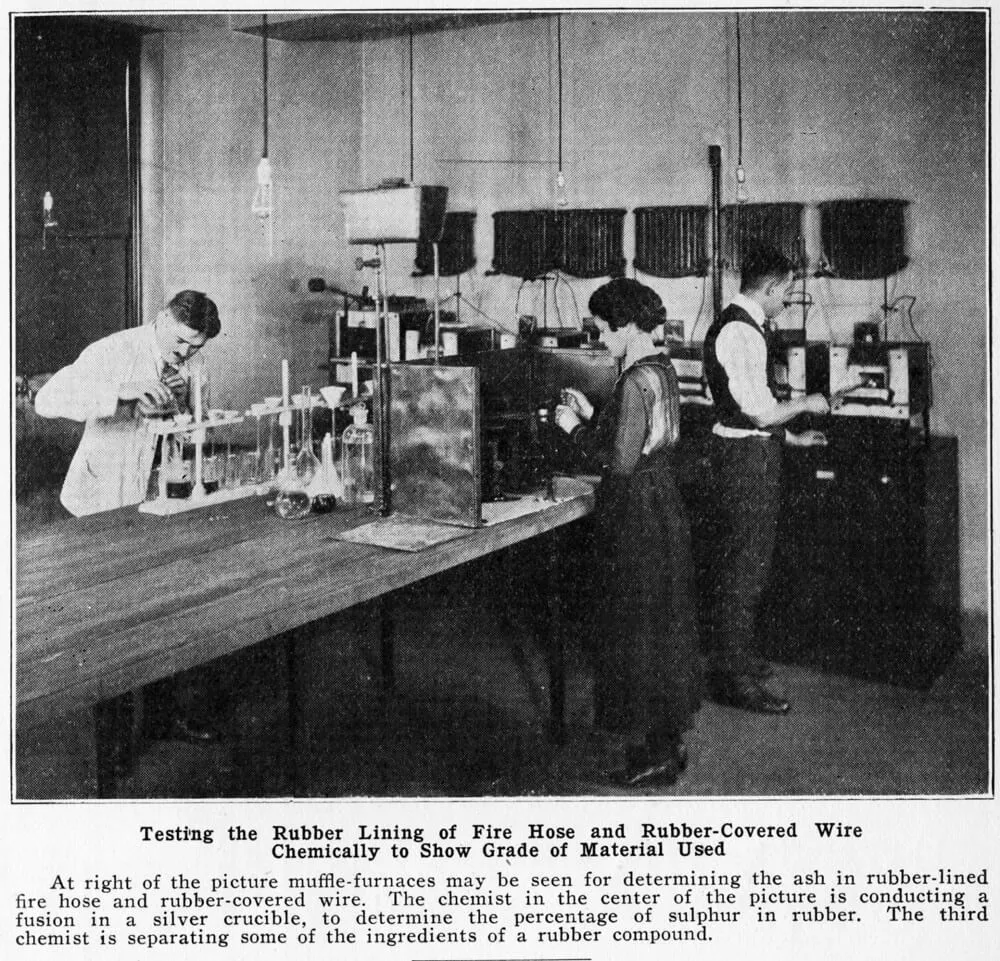
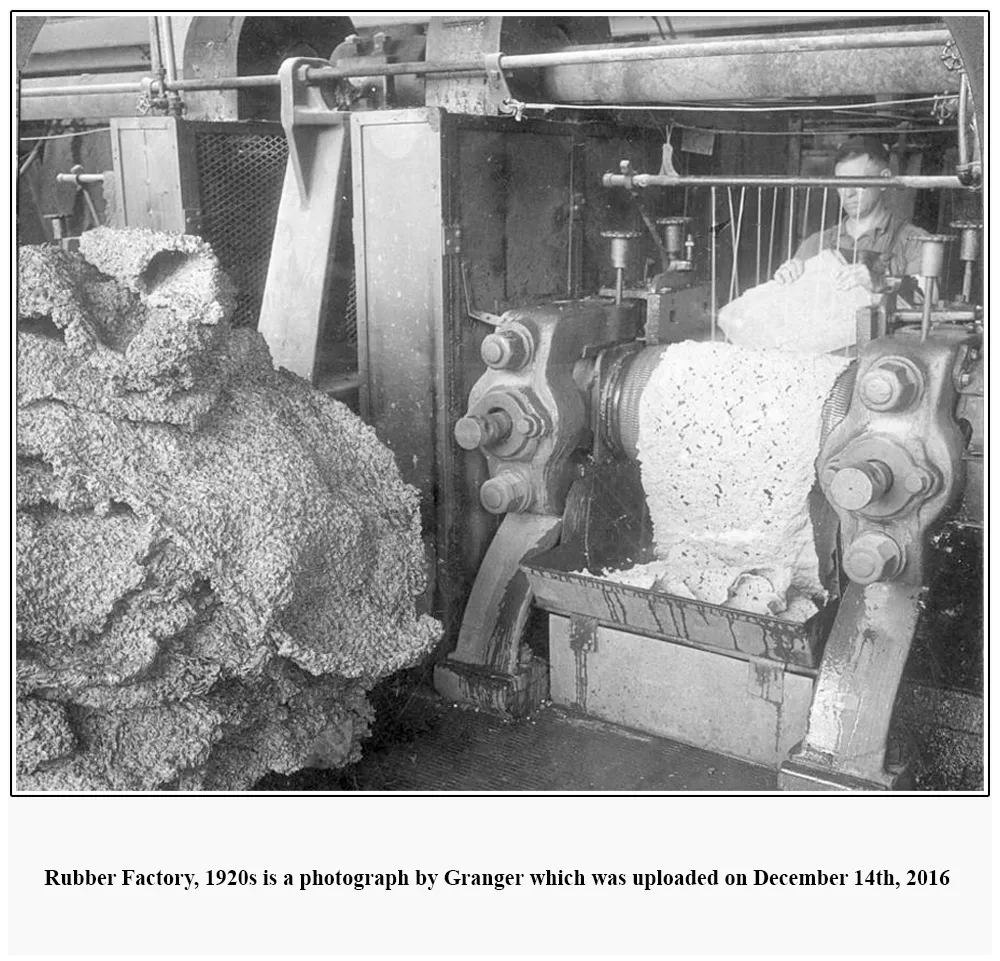
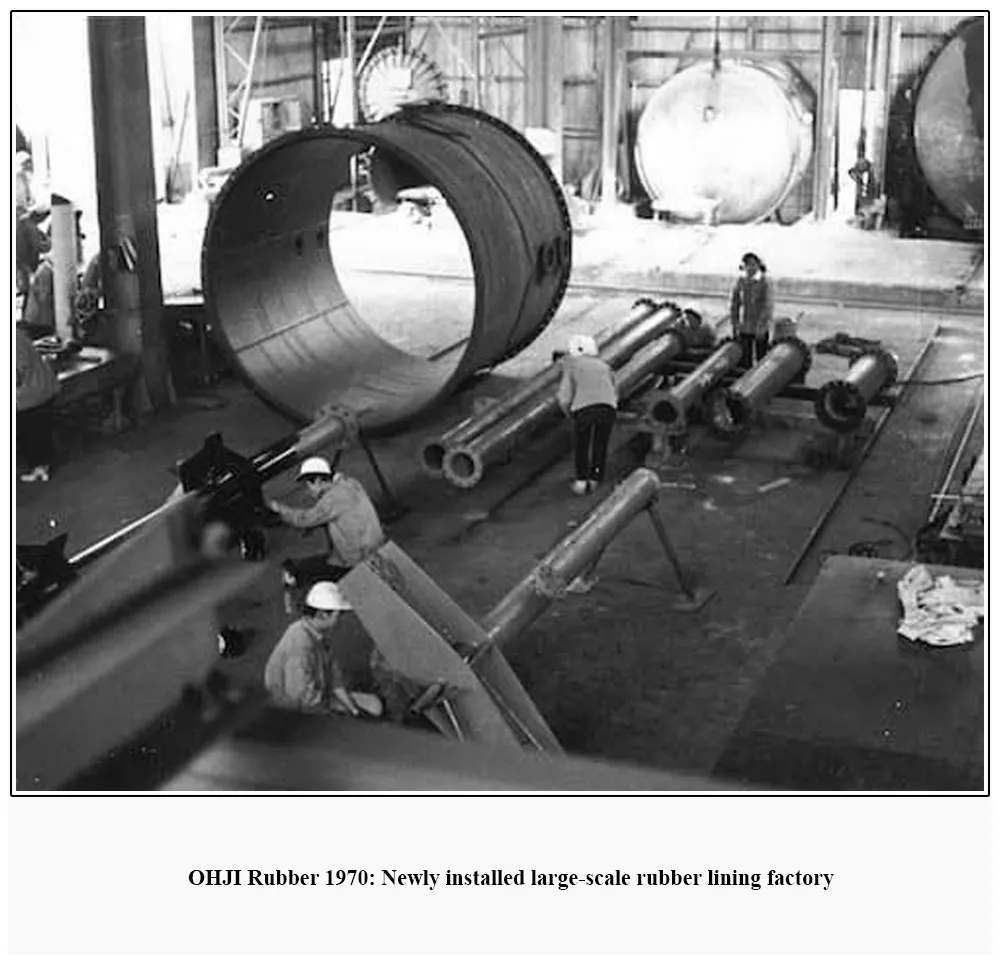
Nowadays, with the development of science and technology in the mixing and processing synthetic rubber and adhesives, rubber lining on the metal isconsidered as one of the most effective and successful applications in the protection of equipment against penetration, corrosion and abrasion.
In Vietnam, the anti-corrosion rubber lining has also been used by some chemical and food manufacturing plants since 1993.
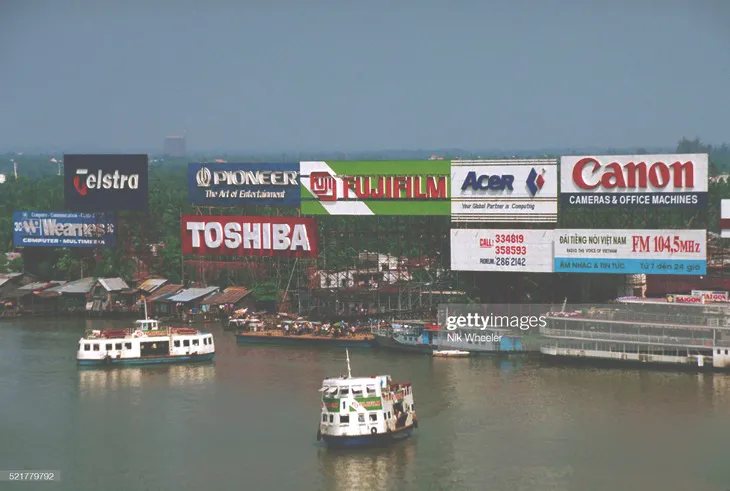
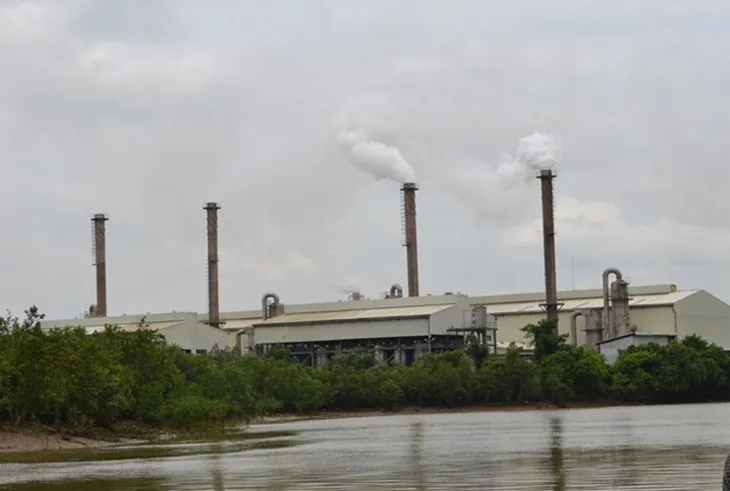
Many Vietnamese enterprises have now approached and applied anti-corrosion rubber lining in industries such as electricity generation, steel production, petrochemical refining, mineral extraction, oil and gas, paper manufacturing, fertilizers, water, and environmental treatment to meet domestic production needs and exports.
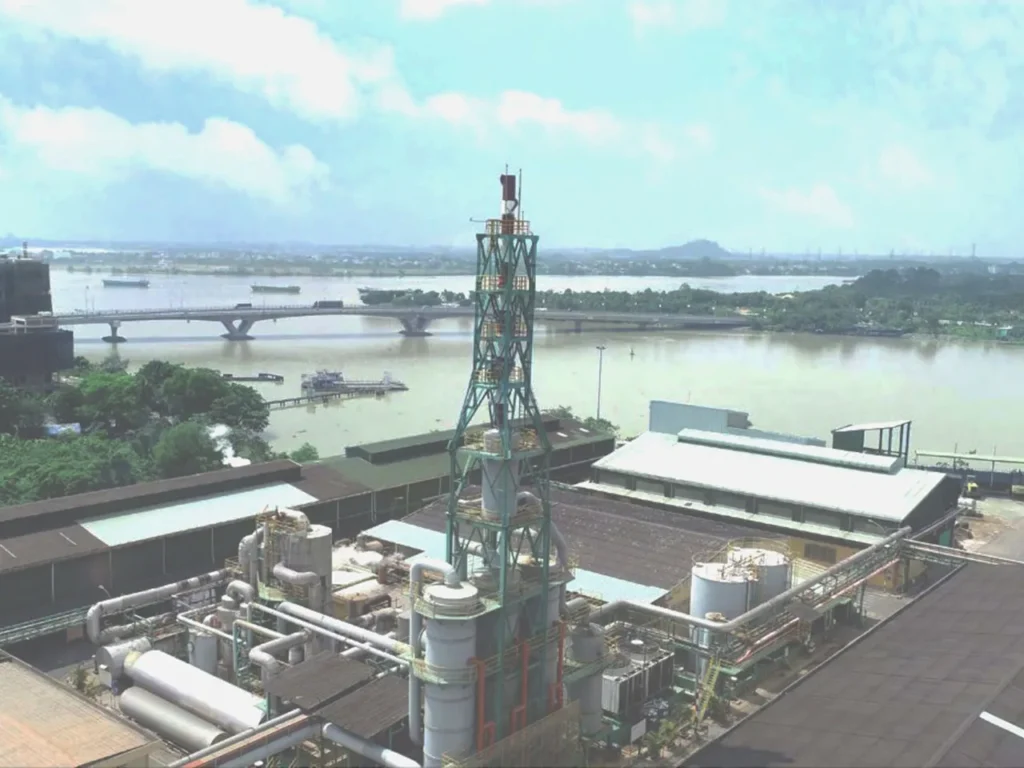
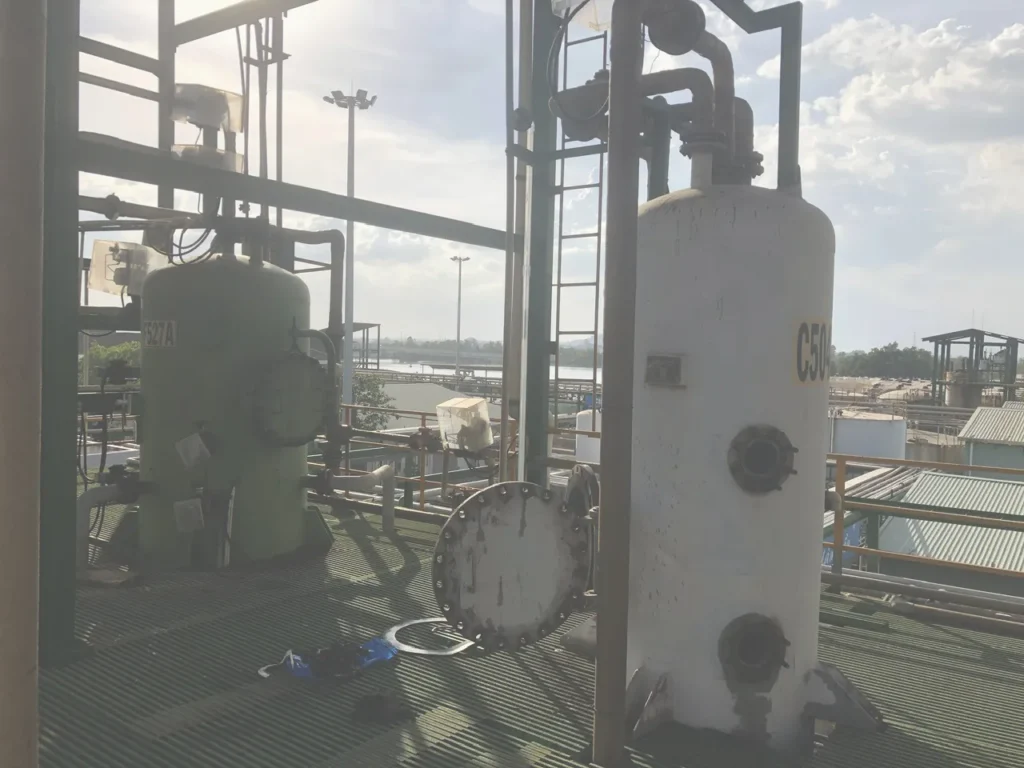
Why rubber lining
Corrosion occurs when a metal is immersed in liquid which contains water or corrosive substances. Rubber Lining will solve the problem. Rubber lining provides excellent corrosion resistance by applying the rubber sheets onto the metal surface to protect the steel substrate from corrosive environment.
Rubber lining system
Rubber sheets shall be firmly bonded to steel substrate after application of primer and adhesive. After application of rubber sheets and proper vulcanizing, rubber lining provides rubber elasticity, superior strength and chemical reisitance.
Autoclave Vulcanizing (Curing)
The autoclave steam method involves placing the object(s) to be covered or lined with rubber inside a pressure vessel called an autoclave. The autoclave provides a carefully monitored flow of steam, which delivers the best control over the vulcanization process between the four basic curing methods and Good rubber properties and bonding by pressured steam curing.
It provides the increased rubber elasticity and stable physical properties.
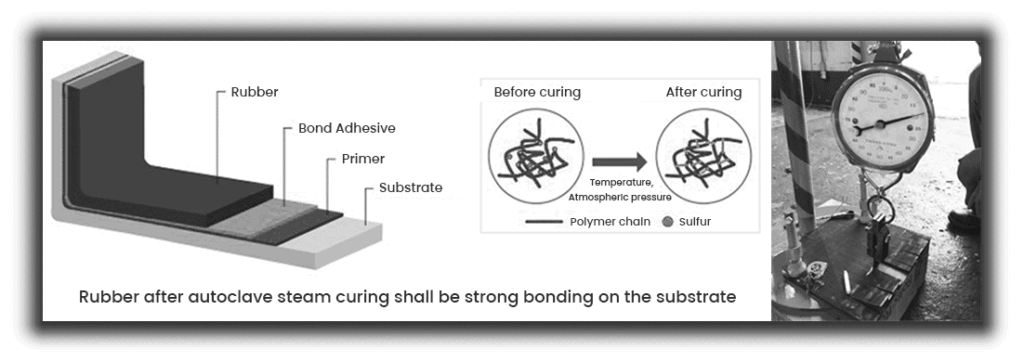
| Feature of rubber lining | Advantage of rubber lining |
|---|---|
| Chemical resistance | Reliable application |
| Shocket resistance | Accurate lining thickness |
| Abrasion resistance | Excellence bonding |
| Pressure resistance | Defect detection |
| Elastricity | Able to maintenance |
Characteristics of Rubber Lining Material
| Hard Natural Rubber | Natural Soft Rubber | Butyl Rubber | Chloroprene Rubber |
|---|---|---|---|
| Good for chemical resistance, vapor permeability and strong bonding strength achieve many application as main rubber lining material. | Good for acid, alkali and abrasion resistance. | The most resistance for chemical and heat, excellent vapor permeability in soft rubber. Well used for H2SO4 solution and FGD service. | Good for weather, ozone and oil resistance. Well used for sea water equipment. |
Rubber Lining Material Application
- Natural hard rubber (NHR)
- Natural soft and rubber
- Natural soft rubber (NSR)
- Special material (NBR)
- Butyl rubber (IIR)
- Special material (EPDM)
- Chloroprene rubber (CR)
Ha Thanh rubber lining since 2012
By a team of experts and senior technicians with high professional qualifications, many years of experience from OHJI Rubber and Chemicals Company (Japan) guidance, dedicated teaching for many consecutive years; technical team and employees of Ha Thanh Rubber Lining have acquired knowledge, techniques, skills, experience and know-how of advanced and scientific Japanese rubber lining Ha Thanh will bring the most sustainable finished products for you.
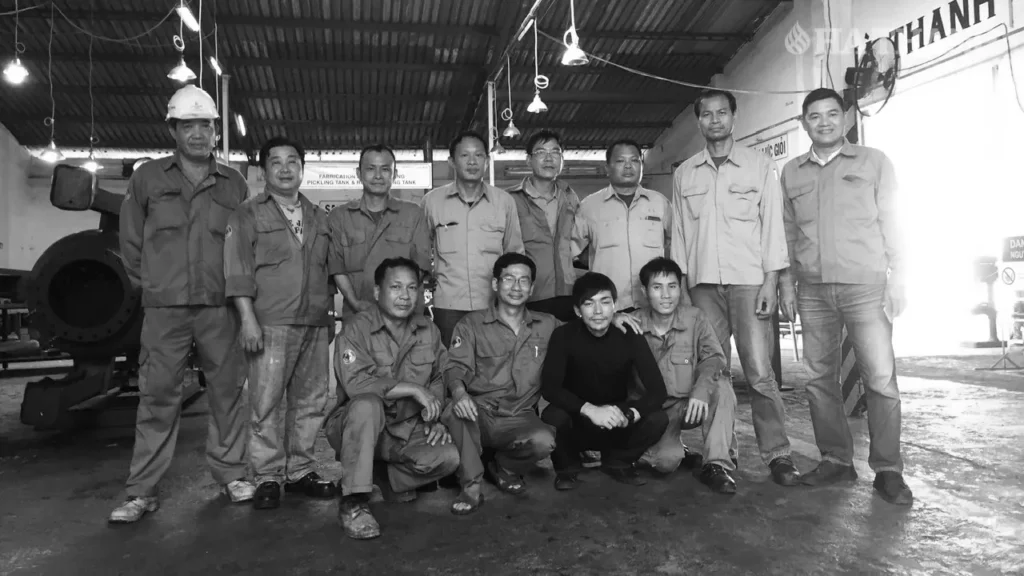
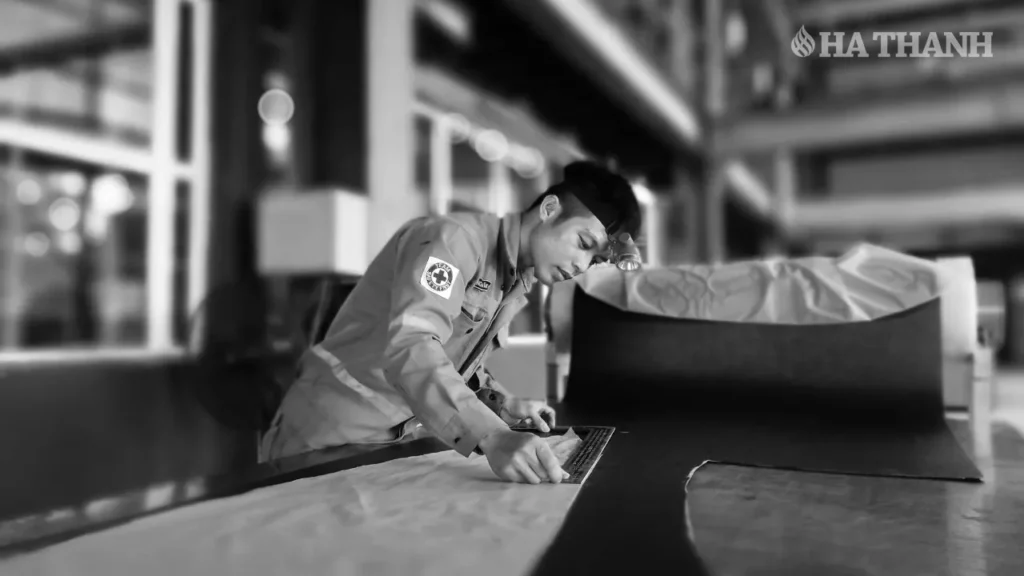
On-Site Application Support
Our OHJI rubber material have cultivated know-how in on-site lining method and mixture technology of vulcanizing rubber.
- Accurate and uniform thickness
- No air pocket in sheet
- Better and longer corrosion performance
- Best sheet method rubber lining

